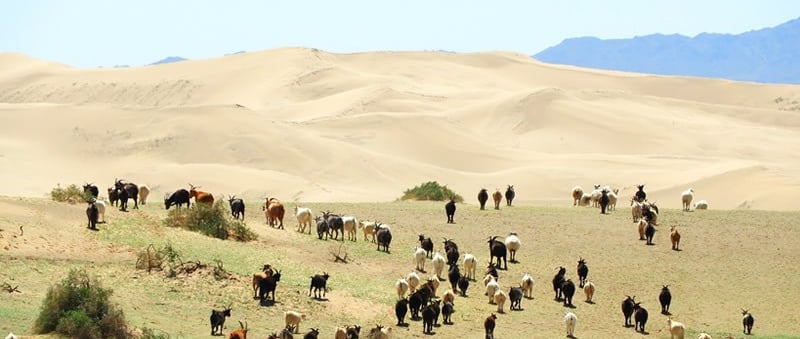The Creation of the Desert: A Story of Changing Lands 🏜️
🌍 Imagine a time when fertile lands began to dry up, forcing people to move in search of food and water. 🌧️➡️🏜️
HISTORY STORIES
10/18/20243 min read


🌍 Imagine a field once green and full of life. 🌿 There was enough rain, and the plants grew tall, providing food for both people and animals. Life flourished here for generations. But then, something changed. The weather changed, and the rains no longer came. 🌧️ The plants began to wither and die, and slowly, the land could no longer support life. People had no choice but to move away in search of better land. As they left, the wind began to blow, carrying with it the sands that would eventually cover the once fertile ground. 🌬️ Over time, the land transformed into a desert—barren, dry, and lifeless. 🌵
This story has repeated itself in different parts of the world. One of the most famous examples of this is the Sahara Desert in North Africa. 🌍 Thousands of years ago, this region was not a desert at all, but a thriving green land known as the Green Sahara. People lived there, animals roamed freely, and life was abundant. But as the climate changed, the rains stopped coming, and the region slowly became the Sahara Desert we know today. 🏜️
As the desert expanded, entire communities had to leave their homes. These people, early nomads, migrated to more fertile areas, following the rivers and lush lands that could still support life. Many of them moved toward the Nile River, where the land remained fertile, giving rise to the great civilization of ancient Egypt. 🌊🏞️ Others spread across North Africa and the Middle East, leaving behind the once-green Sahara.
Another famous example from history is the Mesa Verde in North America. Native Americans once had a thriving settlement there, with plenty of food and water. The name Mesa Verde even means “green table.” But around 1300 A.D., a long drought forced the people to leave their cliff dwellings. 🌞 Today, the area is dry and desert-like, a reminder of how quickly the land can change when the rains disappear.
But sometimes, it wasn’t just the climate. People unknowingly contributed to the creation of deserts. In some places, animals were allowed to overgraze—they ate too much of the plants, and the plants couldn’t grow back. 🌾 Without plants to hold the soil in place, the wind blew it away, and the desert spread. This is happening today in parts of Africa and other parts of the world.
If you lived in a place that was slowly turning into a desert, what would you do? Could you stay and hope for the rain to return, or would you pack up everything and move, like the people of the Green Sahara?
Examples of Desert Migration :
Sahara Desert (North Africa) 🌍🏜️
The Sahara was once fertile and supported life. Over time, climate change and the drying up of the land turned it into the largest desert in the world. Today, overgrazing and deforestation continue to expand the desert, forcing communities to migrate in search of water and arable land.
The Sahel Region (Africa) 🌾👣
Bordering the Sahara, the Sahel is a semi-arid region that has experienced increasing desertification due to overgrazing and climate changes. As the desert spreads, people are forced to move to more fertile areas or cities.
The Dust Bowl (United States) 🌾🌪️
In the 1930s, the American Great Plains turned into a dust-filled desert due to drought and poor farming practices. Many farming families had to abandon their homes and migrate westward, especially to California.
Thar Desert (India) 🇮🇳🏜️
The Thar Desert has been expanding due to overgrazing, deforestation, and poor land management. As the desert spreads, people from rural areas are forced to migrate to cities in search of better opportunities and resources.
The Kalahari Desert (Southern Africa) 🌍🏞️
Once home to pastoral communities, parts of the Kalahari have become more arid due to a mix of natural cycles and human activities like overgrazing, pushing people to migrate in search of water and grazing land.
Mesa Verde (United States) 🏞️☀️
The ancient Native American civilization in Mesa Verde flourished in a fertile region, but a prolonged drought around 1300 A.D. led to the desertification of the area, forcing the people to leave their cliff dwellings behind.
Aral Sea (Central Asia) 🌊🏜️
Overuse of water for irrigation caused the Aral Sea to shrink, turning what was once fertile land into desert. This has led to the collapse of agriculture and fishing, forcing people to migrate to other regions.
Australian Deserts 🌏🏜️
The central deserts of Australia have been shaped by thousands of years of climate change. Indigenous peoples adapted to these changing conditions, often migrating to follow water and food sources as the desert expanded.
With Montessori joy,
Vanina 😊

